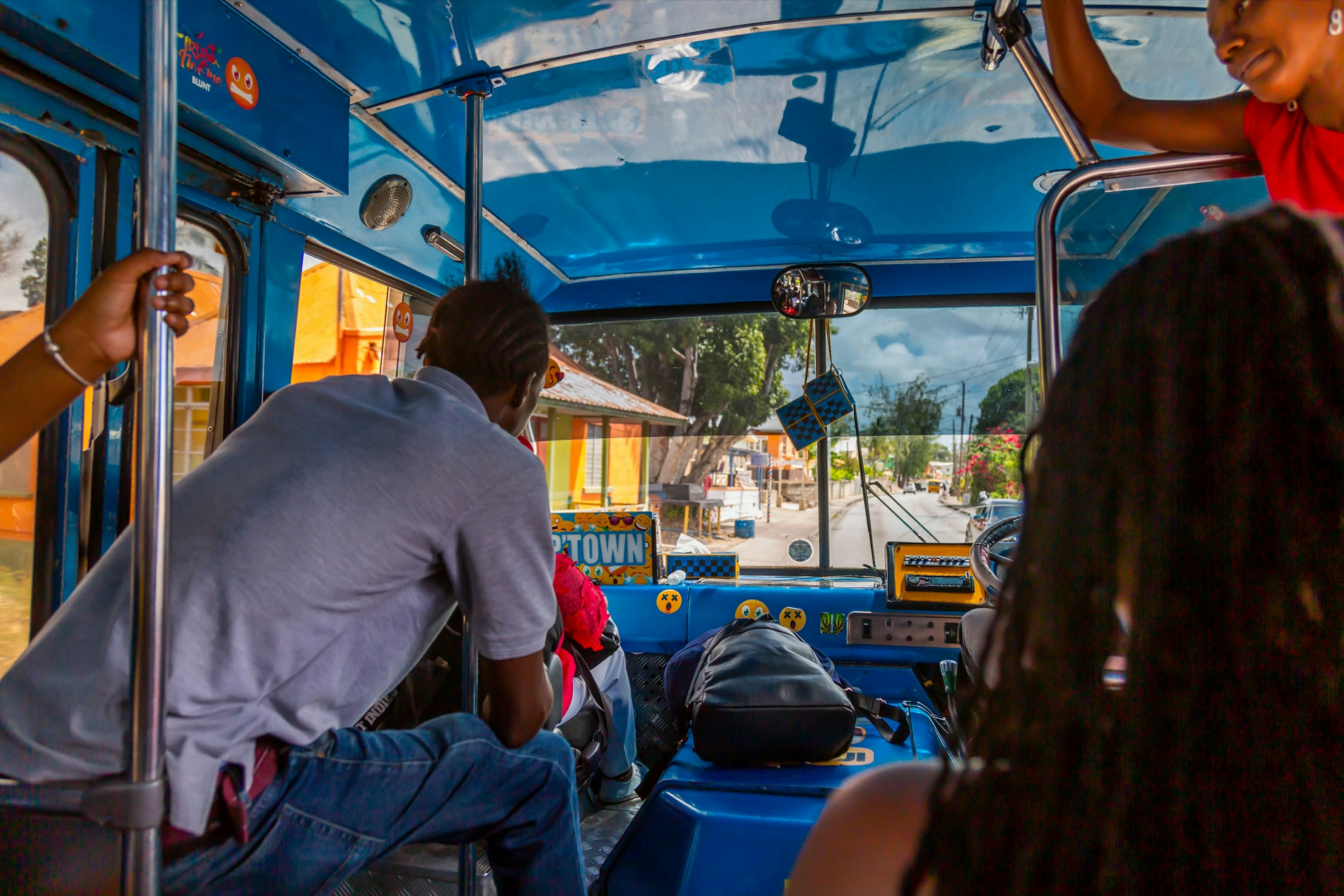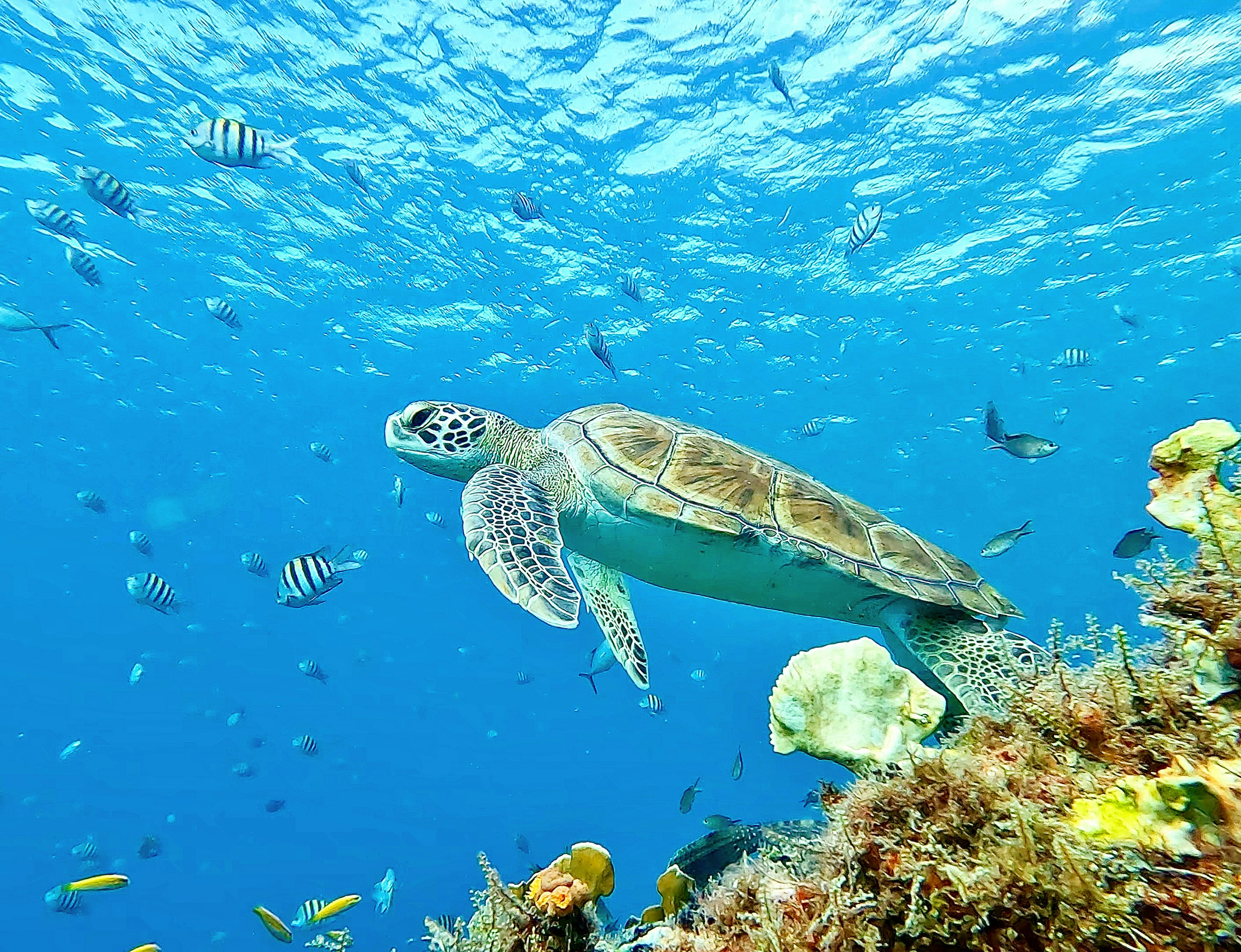Con ciudades históricas aferrándose a impresionantes costas, innumerables islas y parques nacionales llenos de cascadas, Croacia tiene muchas maravillas para atraer a los viajeros. Por eso hemos creado tres itinerarios que te llevarán a los lugares más esenciales del país, la península de Istria y las costas menos transitadas de Kvarner y el norte de Dalmacia.
Con una duración que varía de 7 a 10 días, puedes extender estos itinerarios agregando tiempo adicional en varias paradas o incluso combinándolos para elaborar el itinerario de dos o tres semanas de tus sueños. Cualquier cosa que elijas, una aventura épica en Croacia te espera.

1. Descubre los lugares más esenciales de Croacia
Permite al menos 7 días
Distancia: 456 km (283 millas)
La experiencia esencial croata ofrece un poco de todo: una escapada de un día en la capital, Zagreb, seguida de las soleadas contrapartes del sur, Split y Dubrovnik, en la costa dálmata y una isla o dos en el medio. Hay aeropuertos en ambos extremos, con conexiones de autopista y ferry.
Zagreb: 1 día
Llega a Zagreb, agradable capital de Croacia, perfecta para paseos tranquilos y relajados. Recorrerás el encantador y antiguo centro histórico con sus calles adoquinadas, podrás montar en el funicular y descubrir la incipiente escena de café de especialidad y el magnífico arte callejero. Visita sus museos peculiares (como el Museo de las Relaciones Rotas), galerías de arte contemporáneo y amplios espacios verdes salpicados por toda la ciudad.
Siguiente parada: Conduce 4 horas o toma un vuelo de 45 minutos desde Zagreb a Split.
Split: 2 días
Establece base en la segunda ciudad vibrante de Croacia, la deslumbrante frente al mar, Split. Pasea por el Palacio de Diocleciano, un vibrante barrio antiguo con 220 edificios históricos y alrededor de 3000 residentes. Sumérgete en su embriagador recorrido turístico y de vida nocturna.
Siguiente parada: Muévete de Split a Hvar Town en catamarán (1 hora).
Desvío: Realiza un viaje de un día desde Split a la ciudad amurallada de ensueño de Trogir (30 minutos en coche/autobús) y pasea por las calles de mármol.
Hvar Town: 2 días
Toma el catamarán (desde junio hasta mediados de septiembre) hacia la histórica ciudad de Hvar, el vibrante pueblo principal de la isla de Hvar. Este lugar pintoresco muestra una intrigante mezcla de glamour europeo y vida nocturna vibrante. Explora las playas prístinas de la isla, sus impresionantes bodegas y una serie de pueblitos de cuentos, como el encantador Stari Grad.
Siguiente parada: Viaja de Hvar Town a Dubrovnik en catamarán (3,5 horas).
Desvío: Haz una parada en Korčula Town en tu camino a Dubrovnik, una fotogénica ciudad amurallada en la isla homónima.
Dubrovnik: 2 días
Toma el catamarán (en los meses pico) hacia Dubrovnik. Tu primera vista del magnífico casco antiguo desde el mar, rodeado por imponentes murallas defensivas y el deslumbrante Adriático azul, te dejará sin aliento. Pasa los siguientes dos días disfrutando de los atractivos de la Perla del Adriático.

2. Explora lo mejor de Istria
Permite al menos 7 días
Distancia: 214 km (133 millas)
Adéntrate en la península de Istria con forma de corazón para disfrutar de su magnífica mezcla de atracciones que abarcan la Istria costera “azul” y la Istria “verde”, el interior de la península salpicado de bosques, olivares y viñedos. Encontrarás impresionantes complejos turísticos costeros, bonitas playas, pueblos medievales en colinas, comida de primer nivel, vinos galardonados y encantadores hoteles rurales.
Pula: 2 días
Begin your journey in Pula, the location of the “Arena,” an excellently preserved Roman amphitheater that looms over the city’s harbor, along with a variety of other ancient sites. Discover Istria’s southern tip, the uninhabited Cape Kamenjak, either by bike or on foot to witness its undulating terrain, wild blooms, and 30km (19 miles) of untouched beaches and inlets.
Next destination: Journey from Pula to Rovinj, a 45-minute drive.
Side trip: On your way to Rovinj, visit the charming village of Bale, located 14km (9 miles) from Pula, one of Istria’s hidden gems.
Rovinj: 2 days
Dedicate a couple of days to Rovinj, the premier resort town on this stretch of Croatia’s coastline. Navigate its steep cobbled streets and squares leading to St Euphemia’s Church, marked by a 60m-high (197ft) tower on the peninsula. Discover the lush beaches and islets of Rovinj’s archipelago.
Next destination: Make your way from Rovinj to Poreč, a 45-minute drive.
Side trip: Pause for a few hours in the quaint seaside town of Vrsar, situated 29km (18 miles) from Rovinj, as you head north.
Poreč: 2 days
Travel up the coast to Poreč to marvel at its UNESCO World Heritage-designated Euphrasian Basilica, one of Europe’s most complete examples of Byzantine architecture, showcasing exquisite 6th-century frescoes.
Next destination: Journey from Poreč to Motovun, a 45-minute drive.
Istria’s Interior: 1 day
Commence in the artistic hilltop locale of Motovun. From there, divert to music and gallery-rich Grožnjan before venturing to hilltop Buzet, the truffle hub of Istria, Croatia’s gourmet stronghold. Wander through the “world’s smallest town,” delightful Hum, and venture to Pazin for either a walk or a zip line across the renowned chasm that inspired Jules Verne.

3. Explored less often: Kvarner and Northern Dalmatia coasts
Recommended duration: a minimum of 10 days
Distance: 295km (183 miles)
Experience the allure of Croatia’s lesser-known coastal reaches in the north and their untamed hinterland. Begin your exploration in the magnificent Kvarner Gulf with its breathtaking islands, then continue south to northern Dalmatia, home to a remarkable range of enticing attractions, such as a delightful coastal city and an impressive national park.
Rijeka: 2 days
Start your adventure in the heart of Kvarner, Rijeka, Croatia’s third-largest metropolis and a bustling port exuding a relaxed atmosphere and a lively café culture. Spend a day unveiling the charms of this overlooked city.
Next destination: Make your way from Rijeka to Cres and Lošinj (2-hour drive and ferry).
Side trip: Dedicate a day to exploring the sophisticated seaside haven of Opatija (16km/10 miles from Rijeka) with its belle époque mansions. Meander along Lungomare, a scenic coastal path winding through bamboo groves to Volosko, an idyllic fishing village.
Cres and Lošinj: 2 days
Journey to one of the Kvarner islands – the interconnected and unique Cres and Lošinj. The wilder, more verdant Cres is known for its secluded campgrounds, unspoiled beaches, ancient villages, and a hidden-away ambiance. Meanwhile, the busier, more touristic and upscale Lošinj boasts a pair of elegant port towns, stunning bays, along with rich and diverse plant life.
Next destination: Travel from Cres and Lošinj to Rab Island (3.5-hour drive and ferry).
Rab Island: 2 days
Reserve two days for relaxation on Rab, soaking up the sun on the sandy shores of the Lopar Peninsula, wandering through the island’s pine groves, and discovering the picture-perfect Rab Town with its aged stone pathways and the four bell towers standing tall above the red-tiled cluster of homes.
Next destination: Proceed from Rab Island to Paklenica (2.5-hour drive and ferry).
Paklenica: 1 day
Return to the mainland from Rab to explore one of Croatia’s most striking natural treasures, Paklenica National Park. For adventurous souls, don’t miss hiking through its alpine trail network and canyons, or embrace further excitement by tackling one of the park’s climbing paths.
Next destination: Travel from Paklenica to Zadar (50-minute drive).
Zadar: 2 days
Continue heading down to Zadar in northern Dalmatia to leisurely explore this vibrant coastal city, rich with a blend of Roman landmarks, Habsburg-era buildings, and a captivating seafront. Spend two days soaking in its essence, including the enchanting Sea Organ and Greeting to the Sun along with the city’s remarkable culinary offerings.
Next destination: Move from Zadar to Plitvice Lakes (1.5-hour drive).
Plitvice Lakes: 1 day
Head back towards the interior to spend a day uncovering the visually stunning natural splendor of Plitvice Lakes National Park, featuring its beautiful turquoise lakes linked through a series of cascading waterfalls. Traverse the charming boardwalks, uncover multiple forest trails, and indulge in boat excursions within this magnificent park.




























